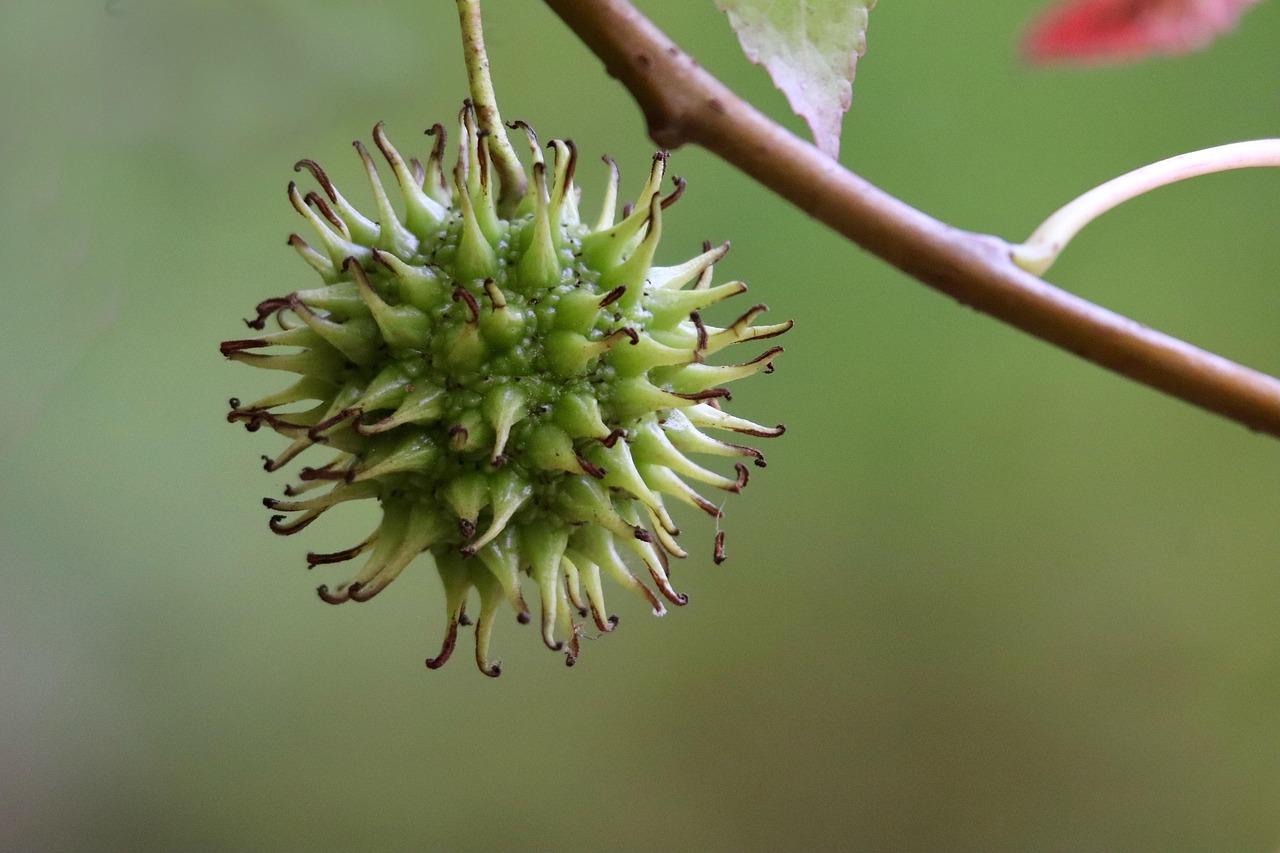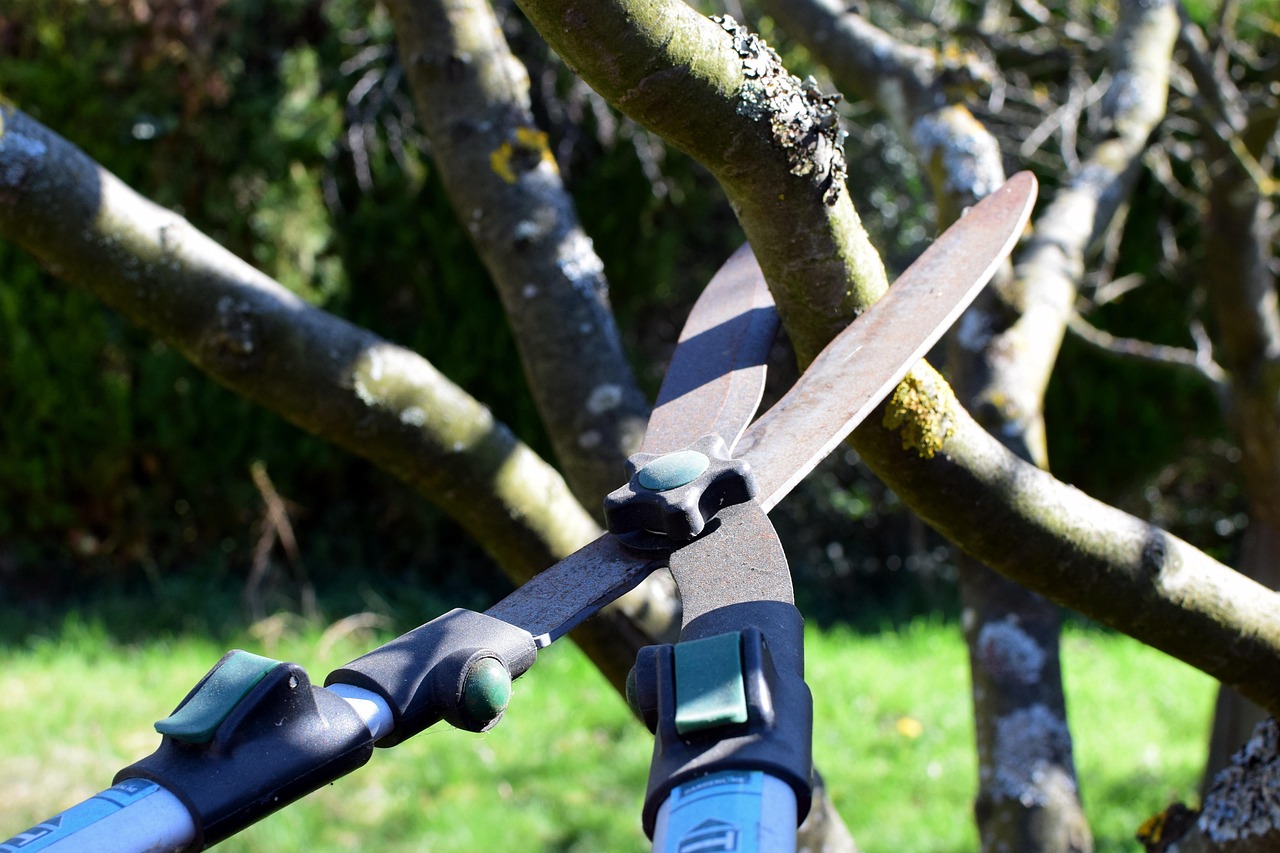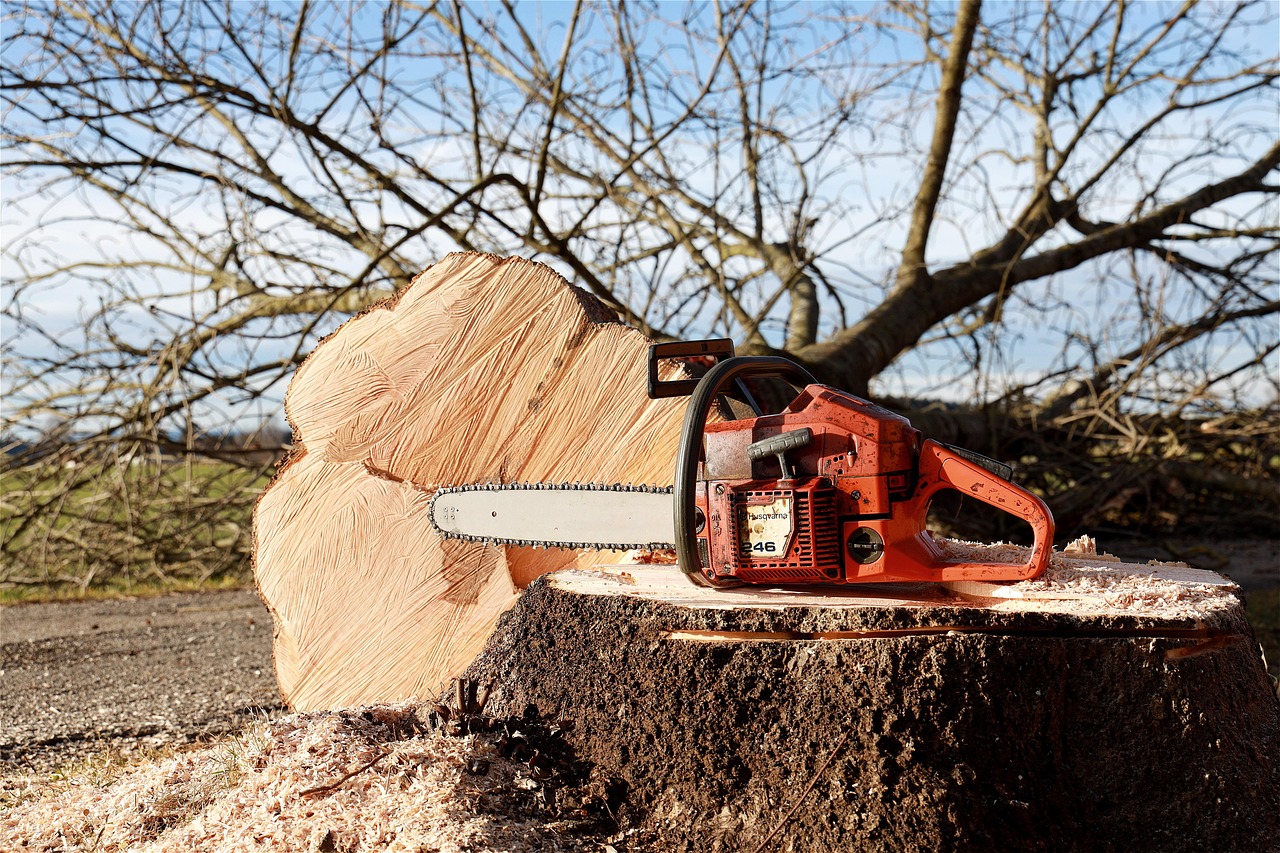Fruit tree pruning services in your area can help maintain the health, shape, and productivity of your trees. These services involve cutting back branches to promote growth and improve fruit quality, ensuring that your fruit trees thrive season after season.
Pruning is an essential practice for anyone who cultivates fruit trees. Whether you have a small backyard orchard or manage larger commercial fruit production, the proper pruning techniques can significantly impact the yield and quality of the fruit. Neglecting this important task can lead to overgrown trees, reduced fruit production, and increased susceptibility to diseases and pests.

The timing and method of pruning depend on the type of fruit tree. Different species have unique growth patterns and requirements. For instance, stone fruits like cherries and peaches are typically pruned in late winter or early spring, while pome fruits such as apples and pears are pruned in late winter after the coldest temperatures have passed. Understanding these specifics is crucial for optimal results.
Benefits of Hiring Professional Pruning Services
While some homeowners may attempt to prune their fruit trees themselves, hiring professional pruning services offers several advantages:
- Expertise: Professionals are trained in the best practices for pruning various types of fruit trees. They understand the right techniques to use, which leads to healthier trees.
- Safety: Pruning large trees can be dangerous without the right equipment and experience. Professionals have the necessary tools and safety measures in place.
- Time-Saving: Pruning can be labor-intensive. Professionals can complete the job efficiently, freeing up your time for other activities.
- Long-Term Health: Regular, professional pruning encourages better air circulation and sunlight exposure, promoting overall tree health and fruit production.
Understanding local regulations and guidelines regarding tree care is also essential. Some areas may have specific rules about tree maintenance, especially if you live in a community with shared spaces or historical preservation codes. Consulting with local professionals is advisable to ensure compliance with such regulations.

Importance of Seasonal Pruning
Seasonal pruning is crucial for maintaining the vitality of fruit trees. Each season presents unique opportunities for care:
| Season | Pruning Focus | Additional Care |
|---|---|---|
| Winter | Structural pruning and shaping | Inspect for disease, apply dormant sprays |
| Spring | Fine-tuning for growth | Fertilize as needed |
| Summer | Removing excess growth and suckers | Monitor for pests and diseases |
| Fall | Preparing for winter; minimal pruning | Cleansing fallen debris |
This table highlights the main focus of pruning during each season. It is essential to adapt your approach based on the time of year. Each season provides different opportunities to enhance tree health and future fruit production.
In addition to seasonal pruning, understanding the specific needs of your fruit trees is vital. Factors such as tree age, species, and local climate conditions will dictate how you should care for your trees. Professional pruning services can tailor their approach based on these factors, ensuring that your trees receive the specific care they require.

Selecting the Right Pruning Service
Choosing the right fruit tree pruning service near you involves several considerations:
- Experience: Look for companies with a proven track record in fruit tree care. Ask for references or check online reviews.
- Certifications: Ensure that the professionals are certified arborists or have relevant qualifications in horticulture.
- Insurance: Verify that the service has liability insurance to protect yourself from any potential damages during the work.
- Services Offered: Inquire whether they provide additional services such as pest management, soil testing, or fertilization.
A reputable pruning service will often provide a consultation to assess your trees’ needs. They should be able to explain their recommended approach and answer any questions you may have about the process.
There are many options available for fruit tree pruning services. Research local companies, compare their offerings, and select one that best meets your needs. Investing in professional care can lead to healthier trees and a more fruitful harvest in the long run.

Understanding the Pruning Process
To appreciate the benefits of fruit tree pruning, it is essential to understand the pruning process itself. Pruning involves several steps, each tailored to specific goals, such as improving tree health, enhancing fruit production, or shaping the tree for aesthetic purposes. The following are key components of the pruning process:
- Assessment: Before any cutting begins, a thorough evaluation of the tree is necessary. This includes checking for dead or diseased branches, assessing growth patterns, and determining the overall health of the tree.
- Planning: Based on the assessment, a plan of action is created. This plan outlines which branches to prune and how much to remove. It is crucial to ensure that the tree maintains its natural shape while promoting healthy growth.
- Execution: Using appropriate tools, such as pruning shears, saws, and loppers, professionals will begin the pruning process. Proper techniques must be employed to avoid damaging the tree.
- Aftercare: After pruning is complete, it is important to care for the tree. This may involve watering, fertilizing, or applying treatments to prevent pests and diseases.
Common Pruning Techniques
There are several techniques used in fruit tree pruning. Each technique serves a particular purpose and can be applied based on the desired outcome. Here are some common methods:
- Crown Thinning: This technique involves selectively removing branches from the crown of the tree to improve light penetration and air circulation. It helps reduce the risk of disease and encourages even fruit distribution.
- Crown Raising: Crown raising involves removing lower branches to allow more light to reach the ground. This technique is often used when trees are planted close to walkways or structures.
- Crown Reduction: In this method, the overall height of the tree is reduced by cutting back the main branches. This is useful for keeping trees manageable and maintaining their shape.
- Heading Back: Heading back means cutting back a branch to a bud or lateral branch. This method encourages new growth and can help shape young trees.
Tools Used in Pruning
The right tools are essential for effective fruit tree pruning. Using proper equipment ensures clean cuts and reduces the risk of injury to both the tree and the pruner. Here are some common tools used in the pruning process:
| Tool | Description | Best For |
|---|---|---|
| Pruning Shears | A scissor-like tool for cutting small branches. | Thin branches and flower stems. |
| Loppers | Long-handled shears for cutting thicker branches. | Branches up to 1-2 inches in diameter. |
| Saw | A hand saw or chainsaw for larger branches. | Branches over 2 inches in diameter. |
| Pole Pruner | A long pole with a pruning saw or shear on the end. | High branches that are hard to reach. |
Using the right tools not only helps achieve better results but also ensures safety during the pruning process. Professionals are equipped with specialized gear that allows them to work efficiently and safely at various heights.
Signs Your Trees Need Pruning
Recognizing when your fruit trees need pruning is vital for maintaining their health. Here are some signs to watch for:
- Overcrowded Branches: If branches are crossing or overcrowded, it may be time to prune to improve airflow and light penetration.
- Dead or Diseased Wood: Dead branches can harbor pests and diseases. Removing them helps protect the overall health of the tree.
- Poor Fruit Production: If your trees are producing fewer fruits or smaller fruits than usual, it may indicate that they need pruning to stimulate new growth.
- Uncontrolled Growth: If your trees appear overgrown or misshapen, regular pruning can help maintain a balanced shape and size.
Seasonal Considerations for Pruning
The timing of pruning can greatly influence its effectiveness. Different types of fruit trees respond best to pruning at specific times of the year. Here is an overview of seasonal considerations:
- Winter Dormancy: Most fruit trees benefit from winter pruning when they are dormant. This minimizes stress on the tree and allows it to heal before spring growth begins.
- Spring Growth: Light pruning in early spring can encourage healthy growth but should be limited as trees begin budding.
- Summer Maintenance: Summer pruning helps control growth and can improve fruit size by reducing competition among developing fruits.
- Fall Preparation: Fall is typically a time for minimal pruning. Focus on cleaning up fallen debris rather than heavy cutting.
By understanding these seasonal aspects, you can optimize your fruit tree’s health and productivity through thoughtful pruning practices throughout the year.
The journey of maintaining healthy fruit trees through professional pruning services is rewarding. With knowledge about techniques, timing, and tools, you can ensure your trees flourish year after year.
Understanding Tree Health and Pests
Maintaining the health of fruit trees goes beyond just pruning. It involves understanding the various factors that can affect tree health, including pests, diseases, and environmental conditions. Knowing how to identify and manage these issues can help ensure that your trees remain productive and vibrant.
Pest Identification and Management
Pests can pose a significant threat to fruit trees. Some common pests include:
- Apple Maggot: These flies lay eggs in apples, resulting in wormy fruit that is unfit for consumption.
- Codling Moth: This pest infests apples and pears, causing damage to the fruit as larvae burrow inside.
- Spider Mites: Tiny pests that can cause leaf discoloration and webbing on trees, leading to weakened plants.
- Scale Insects: These small, immobile pests attach to branches and leaves, sucking sap and weakening the tree.
To effectively manage these pests, consider the following approaches:
- Regular Monitoring: Inspect your trees frequently for signs of pests. Early detection is key to effective management.
- Integrated Pest Management (IPM): This approach combines cultural, physical, and biological controls with chemical options when necessary. It focuses on minimizing harm to beneficial organisms.
- Natural Predators: Encourage beneficial insects, such as ladybugs and lacewings, that prey on harmful pests.
- Pesticide Application: Use chemicals judiciously, following local guidelines and recommendations to minimize environmental impact.
Disease Prevention
Diseases can also affect the health of fruit trees. Some common diseases include:
- Fire Blight: A bacterial disease that causes blossoms and branches to wilt and turn black.
- Powdery Mildew: A fungal disease that appears as white powder on leaves and stems, which can inhibit growth and fruit production.
- Crown Rot: A fungal disease that affects the base of the tree, leading to poor growth and, ultimately, tree death.
To prevent diseases, implement these strategies:
- Maintain Proper Airflow: Pruning helps improve airflow around the tree, reducing humidity and the risk of fungal diseases.
- Water Management: Avoid overwatering and ensure proper drainage to prevent root rot.
- Proper Sanitation: Remove infected plant material from the area and clean tools to prevent disease spread.
- Use Resistant Varieties: When planting new trees, choose varieties known for their resistance to common diseases.
The Role of Soil Health
The health of your soil plays a vital role in the overall well-being of your fruit trees. Healthy soil provides essential nutrients, supports beneficial microorganisms, and improves water retention. Here are some ways to enhance soil health:
Nutrient Management
Nutrients are crucial for healthy tree growth. Key nutrients include nitrogen, phosphorus, and potassium. Conducting a soil test can help determine nutrient levels in your soil. Based on the results, you can amend the soil accordingly. Here are some common amendments:
- Organic Matter: Adding compost or well-rotted manure enriches the soil with nutrients and improves its structure.
- Cover Crops: Planting winter cover crops can prevent soil erosion and improve nutrient content when tilled back into the soil.
- Mulching: Applying a layer of mulch around the base of trees helps retain moisture, suppress weeds, and gradually adds organic matter as it decomposes.
Soil pH Levels
The pH level of your soil affects nutrient availability. Most fruit trees thrive in slightly acidic to neutral pH levels (6.0 to 7.0). You can adjust soil pH using various methods:
- Lime Application: If your soil is too acidic, applying lime can raise the pH.
- Sulfur Addition: To lower pH in alkaline soils, elemental sulfur can be added.
- Regular Testing: Periodic testing helps keep track of pH levels and ensures proper adjustments are made.
The Importance of Watering Practices
Watering is another critical aspect of maintaining healthy fruit trees. Trees require adequate moisture for optimal growth and fruit production. Here are some key watering practices:
Irrigation Methods
The method of irrigation you choose can impact water efficiency:
- Drip Irrigation: This method delivers water directly to the root zone, minimizing evaporation and runoff.
- Soaker Hoses: These hoses allow water to seep slowly into the soil, providing consistent moisture across a larger area.
- Sprinkler Systems: While effective for larger areas, they can lead to water waste due to evaporation and runoff.
Watering Tips
Implementing best practices for watering can enhance tree health:
- Deep Watering: Water less frequently but deeply to encourage deep root growth. This helps trees withstand drought conditions.
- Monitor Soil Moisture: Use a moisture meter or your finger to check if the soil is dry before watering again.
- Avoid Overwatering: Too much water can lead to root rot and other issues. Ensure proper drainage around the tree base.
Caring for your fruit trees involves understanding their needs in terms of pruning, pest management, disease prevention, soil health, and watering practices. By taking a holistic approach, you can create an environment where your trees thrive and produce abundant fruit for years to come.
Additional Considerations for Fruit Tree Care
As you continue to develop your fruit tree care regimen, there are some additional considerations worth exploring. These factors can significantly enhance the health and productivity of your trees, ensuring that they thrive in your local environment.
Choosing the Right Location
The location of your fruit trees plays a crucial role in their growth. Here are a few aspects to consider when planting new trees or assessing existing ones:
- Sun Exposure: Most fruit trees require full sun to produce healthy fruit. Aim for at least six to eight hours of sunlight each day.
- Soil Drainage: Planting in areas with good drainage helps prevent root rot and encourages healthy root development. Avoid low-lying areas where water tends to pool.
- Wind Protection: Trees can be damaged by strong winds. Consider planting them near structures or other natural barriers that can offer some protection.
Companion Planting
Companion planting involves growing different plants close together to enhance growth and deter pests. Some beneficial companions for fruit trees include:
- Garlic: Known for repelling pests, garlic can help protect fruit trees from various insects.
- Nasturtiums: These flowers can attract beneficial insects and deter harmful pests.
- Legumes: Beans and peas can improve soil nitrogen levels, benefiting nearby fruit trees.
By integrating companion plants into your garden, you can create a more balanced ecosystem that supports your fruit trees’ health and productivity.
Crop Rotation
If you are managing a larger orchard or a diverse garden, practicing crop rotation can be beneficial. This technique involves changing the types of crops grown in a particular area each season. Benefits include:
- Soil Fertility: Rotating crops helps prevent nutrient depletion in the soil.
- Pest Control: Changing crops can disrupt pest cycles, reducing infestations.
- Disease Prevention: Prevents the buildup of soil-borne diseases that can affect specific crops.
Incorporating crop rotation into your gardening practices not only benefits your fruit trees but also enhances overall garden health.
Final Thoughts
Caring for fruit trees is an ongoing journey that requires knowledge, commitment, and attention to detail. From selecting the right species for your region to implementing effective pruning techniques and managing pests, each step is essential for promoting healthy growth and maximizing fruit production. By understanding the importance of soil health, proper watering practices, and environmental factors, you can create an optimal setting for your trees to flourish.
Moreover, investing in professional pruning services can provide invaluable expertise to ensure your trees receive the care they need throughout their lifecycle. Whether you are a seasoned gardener or a novice, the principles discussed in this article will empower you to take proactive steps in nurturing your fruit trees.
Remember that patience is key in gardening. As you apply these practices, you will likely see your trees grow stronger and more productive over time. With proper care and attention, your fruit trees will reward you with bountiful harvests and beauty in your landscape for many years to come.
In conclusion, maintaining healthy fruit trees through informed care practices is not only rewarding but also beneficial to the environment. By following the guidelines laid out in this article, you can enhance your gardening experience and contribute positively to your local ecosystem.
